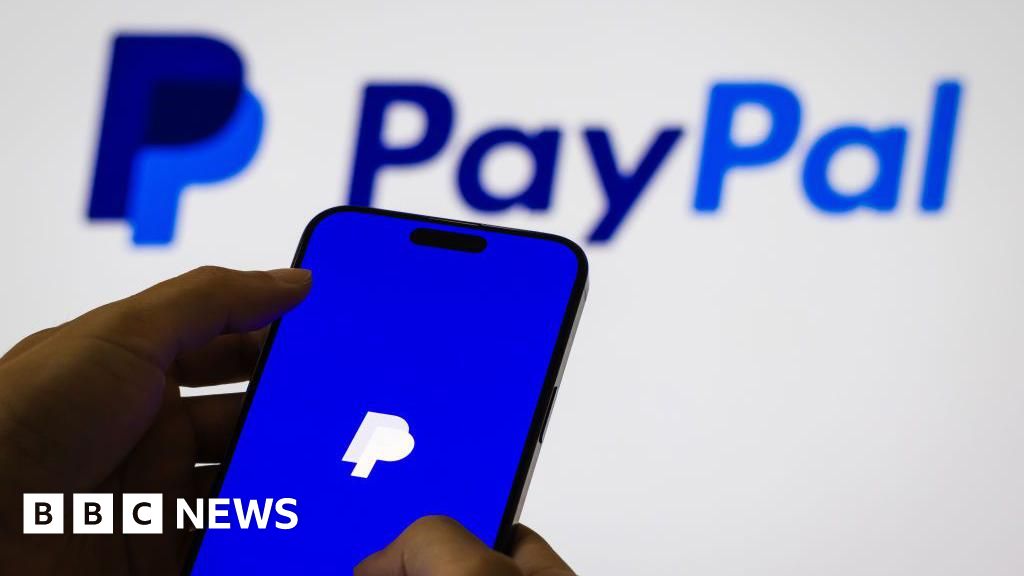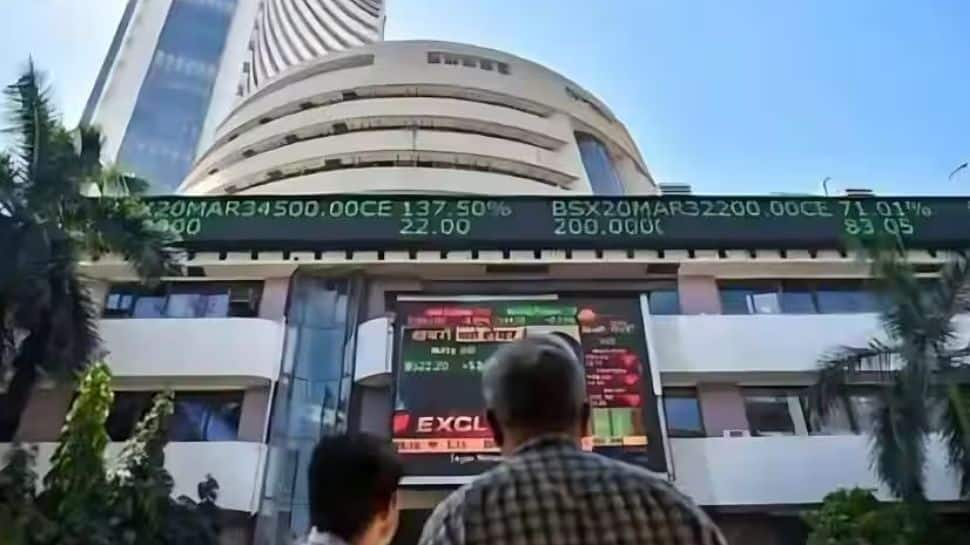Palo Alto Networks (PANW) reported a strong fiscal 2024 first quarter, but the leader in cybersecurity lowered its full-year billings outlook. Management blamed the rising cost of money, causing the stock to slide in after-hours trading. We think this pullback is a buying opportunity. Revenue for the quarter ended Oct. 31 increased 20% year-over-year to $1.88 billion, beating the consensus estimate of $1.84 billion that was compiled by LSEG, formerly known as Refinitiv. Adjusted earnings per share grew 66% to $1.38, ahead of estimates of $1.16. GAAP earnings increased to 56 cents per share, compared with 6 cents in the year-ago period and well above forecasts of 39 cents. (GAAP stands for generally accepted accounting principles.) Total billings increased about 16% year-over-year to $2.02 billion, missing estimates of $2.07 billion and below management’s expected range of $2.05 billion to $2.08 billion. Bottom line What should we make of this Palo Alto Networks quarter? On one hand, we’re taught to view billings as a way to judge the health of a company. Usually, the Street focuses more on billings than earnings when it comes to longer-term, contract-based software sales. Billings include deferred revenue — and as a result, provide additional insight into sales efforts. Billings give us insight into demand beyond the reported quarter. If a billings outlook is lowered, it could be a sign the company is seeing worsening demand trends. This earnings season, the cybersecurity group has seen increased scrutiny around billings following the lowered guide from Fortinet (FTNT), which blamed its own execution and a soft firewall market for its disappointing outlook. However, on the other hand, as Palo Alto management forcefully explained on the conference call Wednesday evening, the change it made to their billings outlook has nothing to do with demand, the pipeline of future deals, or its deal close rates. It’s purely about the discounts and financing plans it offers customers to help them navigate this higher interest rate environment. “In Q1, the cost of money remained a constant discussion and customers’ significant focus on topic is becoming the new normal. The way it manifests itself in our business is that there’s always a payment and duration discussion in final negotiations. Given our strong balance sheet, we can use a mix of strategies to navigate the environment. This includes annual billing plans, financing through PFS and partner financing,” CEO Nikesh Arora explained on the post-earnings call. “Whilst this does not impact our business demand or the impact to annual revenue or annual metrics, it does create variability on total billings more than before, depending on financing use or the duration of contracts,” he added. Instead of billings, Palo Alto believes its more important right now to focus on its low churn and remaining performance obligation (RPO) and current remaining performance obligation (cRPO) – two software as a service (SaaS) metrics that measure the sum of contracts that haven’t been invoiced. Here’s why. Palo Alto has two types of customers: ones that pay annually and others that pay upfront over three years. The company took on more shorter-term deals this quarter — and when deals are shorter, there are fewer billings. Management does not think this change is a shift in demand — but rather a way of providing their customers with flexibility in this higher cost-of-money environment. RPO and billings are both be indicators of revenue in the future, but RPO may be the better measure to look at right now because it includes the total sum of revenue that has been contracted but not yet invoiced. To this point, Palo Alto’s RPO increased 26% in the quarter, faster than the 16% growth in billings and management believes it will continue to grow RPO at levels to support its future revenue growth targets. Still, the confusion about whether this is a guide down or simply about “flexibility” as management explained, is causing the stock to fall about 6% in after-hours trading. However, it was down even more before the conference call started and management had a chance to explain what was really going on here. Where do we stand? We think all this talk about the billings guide will prove to be noise. But candidly, we feel slightly blindsided by it. We’ve previously heard the company discuss the impact of the rising cost of money but mostly viewed it as a way for Palo Alto to leverage its fantastic balance sheet and win market share. Only now we are hearing about how customers seeking deferred payment terms can materially impact a key Street metric. At the end of the day, we think this is a short-term misunderstanding by the market, making Wednesday evening’s after-hours pullback in shares a buying opportunity. Yes, even for a stock heading into the print as the sixth-best performer in the S & P 500 year to date and the third-best Club stock in 2023. At the close of regular trading Wednesday, Palo Alto shares were up nearly 84% this year. PANW YTD mountain Palo Alto Networks YTD Overshadowed by the billings outlook were strong quarterly margins and free cash flow, which the company continued to put up after effectively pivoting towards profitability last year. We see no reason to doubt management’s view on the demand environment given how successful its software and cloud strategy has been. Lastly, don’t forget the growing importance cybersecurity has become for every company of all sizes. It feels like every week we learn of a new company that has fallen victim to a cyber attack. “Cyber security attacks are unfortunately going up,” Arora told Jim Cramer on “Mad Money” following the print. “We’ve never seen a quarter as active as [fiscal] Q1 for us in the last three months where people are seeing more attacks. We’ve never seen more customers sitting down and trying to decide platformization strategies so the demand function is strong.” Guidance For its fiscal 2024 second quarter, the company expects: Total billings in the range of $2.34 billion and $2.39 billion, missing estimates of $2.41 billion. Total revenue of $1.96 billion to $1.97 billion, with the midpoint of $1.97 billion in line with estimates. Non-GAAP earnings are expected in the range of $1.29 to $1.31 per share, ahead of the $1.25 consensus estimate. For the full-year fiscal 2024, management expects: Total billings in the range of $10.7 billion to $10.8 billion, which is lower than management’s prior view of $10.9 billion to $11 billion. The new billings midpoint of $10.75 billion is below estimates of $10.96 billion. Total revenue of $8.15 billion to $8.2 billion, no change from prior guidance. Consensus is $8.18 billion. Non-GAAP earnings are expected in the range of $5.40 to $5.53 per share, which is a raise from prior guidance of $5.27 to $5.40 and ahead of the $5.34 consensus estimate/ Adjusted free cash flow margin of 37% to 38%, representing no change from prior guidance. (Jim Cramer’s Charitable Trust is long PANW. See here for a full list of the stocks.) As a subscriber to the CNBC Investing Club with Jim Cramer, you will receive a trade alert before Jim makes a trade. Jim waits 45 minutes after sending a trade alert before buying or selling a stock in his charitable trust’s portfolio. If Jim has talked about a stock on CNBC TV, he waits 72 hours after issuing the trade alert before executing the trade. THE ABOVE INVESTING CLUB INFORMATION IS SUBJECT TO OUR TERMS AND CONDITIONS AND PRIVACY POLICY , TOGETHER WITH OUR DISCLAIMER . NO FIDUCIARY OBLIGATION OR DUTY EXISTS, OR IS CREATED, BY VIRTUE OF YOUR RECEIPT OF ANY INFORMATION PROVIDED IN CONNECTION WITH THE INVESTING CLUB. NO SPECIFIC OUTCOME OR PROFIT IS GUARANTEED.
Arora Nikesh, Palo Alto Networks CEO & Chairman at the WEF in Davos, Switzerland on May 23rd, 2022.
Adam Galica | CNBC
Palo Alto Networks (PANW) reported a strong fiscal 2024 first quarter, but the leader in cybersecurity lowered its full-year billings outlook. Management blamed the rising cost of money, causing the stock to slide in after-hours trading. We think this pullback is a buying opportunity.














































